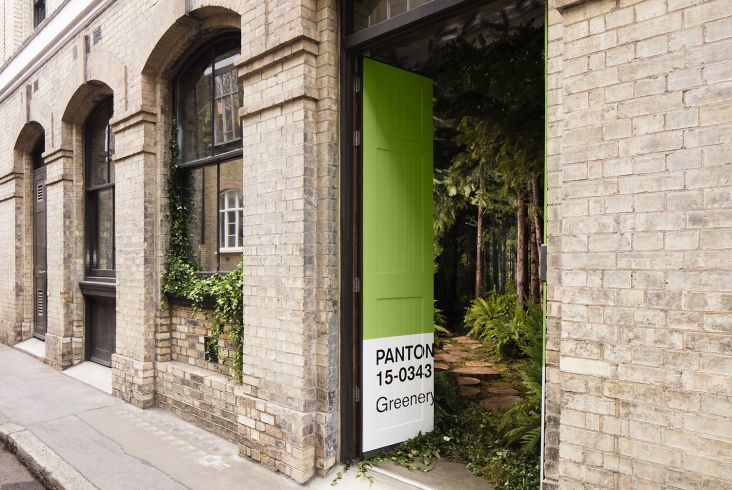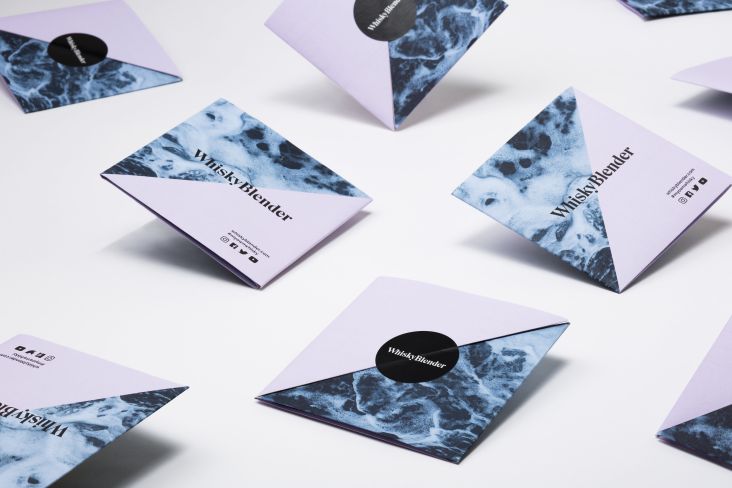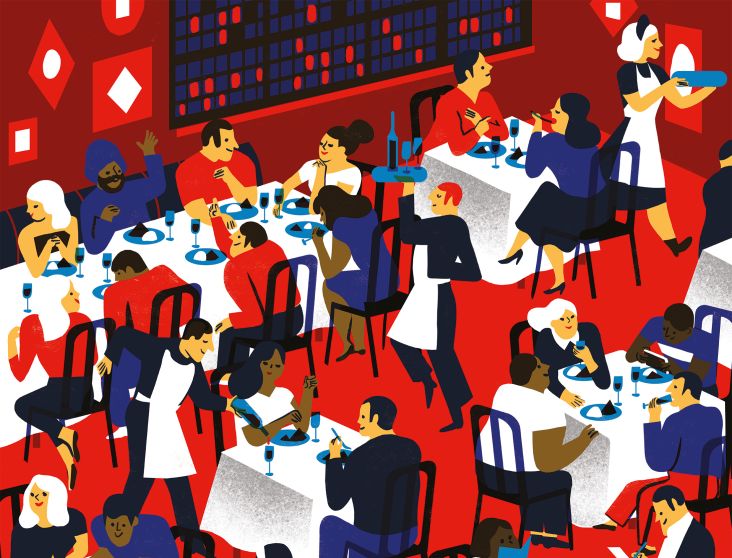How to beat SAD and survive the darker, colder months when you freelance
I love my life and my work. I’m known for my cheery disposition and perpetual optimism. And yet a couple of weeks ago, as I opened my laptop for the working day ahead, all I wanted to do was crawl into a hole and hide.

Image licensed via Adobe Stock
Worse still, this sudden and unexpected slump into depression had no apparent cause. I’d had a fun weekend away, catching up with old friends. I hadn’t overindulged, because said friends were doing a ‘dry January’ detox. I’d even had a good night’s sleep.
So why did I feel an overwhelming sense that anything I wrote today would be awful; that any admin I’d do, I’d screw up; that if I emailed anyone, I’d strike the wrong note and risk alienating them; in short, that it was just all futile and pointless?
In truth, I’ll never know. But given the time of year, it’s possible I was suffering a mild bout of what’s known as a seasonal affective disorder, aka S.A.D.
S.A.D is a mood disorder whereby people who usually have good mental health experience depression, at the same time each year. It happens most commonly (but not exclusively) in the winter. Symptoms can include lethargy, feelings of despondency, the need to sleep for long periods, low libido, irritability, anxiety, difficulty waking up, nausea and an increased craving for carbs.
S.A.D has been estimated to affect between one and ten per cent of the population. Yet creatives are likely even more likely to be affected by it, and indeed depression of all kinds, because we tend to think more deeply about our work (as well as, you know, life, the universe and everything).
But there are two pieces of good news. One is that there is light at the end of the tunnel: symptoms, however severe, do routinely clear up.
And secondly, there are several tried-and-tested ways that you can treat S.A.D on a practical level. In the rest of this article, I’ll go through the most common, and how you can apply them to your life and work.
1. Light therapy
One of the most popular explanations for why people suffer seasonal winter depression is the lack of sunlight. People go to work in the dark and come home in the dark. Or, if you’re a home-based freelancer, you might rarely leave the house at all.
The obvious thing, then, is to force yourself to get outdoors more often. But admittedly, that’s not always possible if the weather’s grim, or you’re chained to your desk trying to meet a deadline.
One popular solution is to use a lightbox, which is a device that emits significantly more lumens than a standard lamp. The idea to create a simulation of sunlight, so your eyes’ melanopsin receptors trigger serotonin in the brain, which is essential for natural sleep cycles and a general feeling of well-being.
You need to sit at a specific distance in front of the box with your eyes open, but not staring at the light, for a period that’s typically between 30 and 60 minutes. This, in itself, can be a pain, but you can do it while working or doing other things, so it needn’t be a huge time drain; just something you have to be regular and disciplined about.
You’ll find more details of how to choose a lightbox for S.A.D here.
2. Dawn simulation
Find it impossible to wake up on time for work during winter? Then dawn simulation may be in the answer.
Not to be confused with light therapy, dawn simulation uses electric light to trick the brain that the dawn is breaking, at a time when it’s still actually dark outside. In this way, it helps you to wake up more naturally and healthily.
Although dawn simulation is not yet medically proven as a treatment for S.A.D, many studies have shown good results. And you’re spending all morning trying to focus on your screen, feeling like you still haven’t really woken up properly, it’s certainly worth a try.
There is a selection of dawn simulators reviewed on waketolight.com.
3. Physical exercise
As with all types of depression, physical exercise is a proven therapy for S.A.D sufferers, particularly when used in addition to another form of treatment.
Okay, so if it’s cold, wet or icy outside, you probably don’t feel like going for a jog. But there are plenty of forms of exercise you can do indoors, from following a yoga video to lifting some weights.
And if you’re really up against it with deadlines, you might even consider exercising while you work, while using a standing desk, say. Just devise your desk exercises carefully, and be sure not to put your back out. This infographic, courtesy of our friends at Creative Bloq, features ten desk exercises for designers and might give you some inspiration.
4. A little help from your friends
This might sound like an obvious point, but it’s an important one: any form of depression can be lightened by social contact. So don’t bury your mood: share your feelings with friends and co-workers and let them offer help, advice and support. It’s a cliche to say that a problem shared is a problem halved, but it really is true.
As a freelancer or jobbing creative, you might not want to “show weakness” in front of your client, colleagues or boss, but that’s just going to prove counterproductive in the long run. Don’t overdramatise or milk the situation, but explain what’s happening calmly, rationally and keeping everything in perspective.
Most people will probably be more understanding than you expect. And if they’re not, well at least you’ll know they’re unreasonable, and maybe it’s time to consider a change of job, client or so-called friend.
5. Antidepressants
Different people experience S.A.D differently, and in the most severe cases, antidepressants can be the best solution. This is a matter for your doctor, and it’s not the ideal solution. But at the same time, it’s worth knowing that many creative people pursue successful, productive careers while on medication, and antidepressants don’t automatically turn you into TV’s Dr Gregory House.
Finally, I should point out that I have zero medical training (well, beyond watching 14 seasons of ER at least), and if you think you’re experiencing the symptoms of S.A.D, you should discuss this with your GP before taking any action. Best of luck, and happy thoughts to you.




 by Tüpokompanii](https://www.creativeboom.com/upload/articles/58/58684538770fb5b428dc1882f7a732f153500153_732.jpg)


 using <a href="https://www.ohnotype.co/fonts/obviously" target="_blank">Obviously</a> by Oh No Type Co., Art Director, Brand & Creative—Spotify](https://www.creativeboom.com/upload/articles/6e/6ed31eddc26fa563f213fc76d6993dab9231ffe4_732.jpg)








](https://www.creativeboom.com/upload/articles/a9/a98bcb1592e72078080e5a3973c3ebc7044e80ab_732.jpeg)

](https://www.creativeboom.com/upload/articles/b8/b80f23e91d339a21ea21225021f71fcafde53bed_732.jpg)

](https://www.creativeboom.com/upload/articles/6c/6ce9e2063978837a943d975729c9bdbd055bcc9a_732.jpeg)



